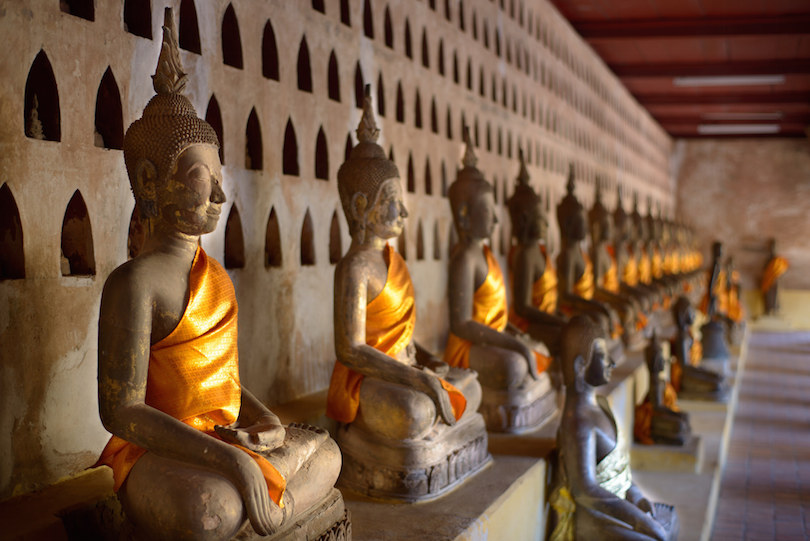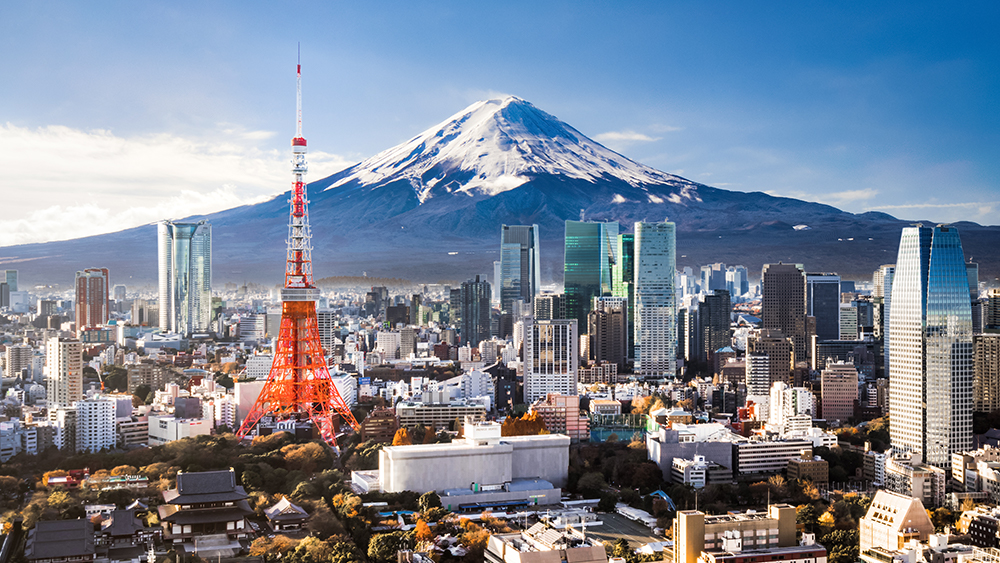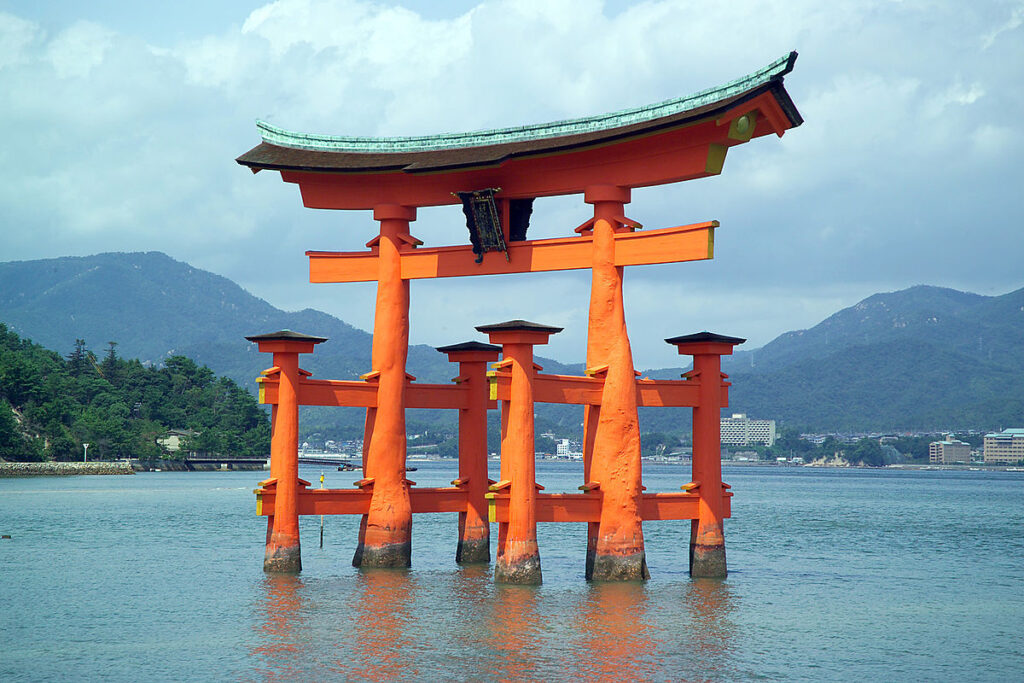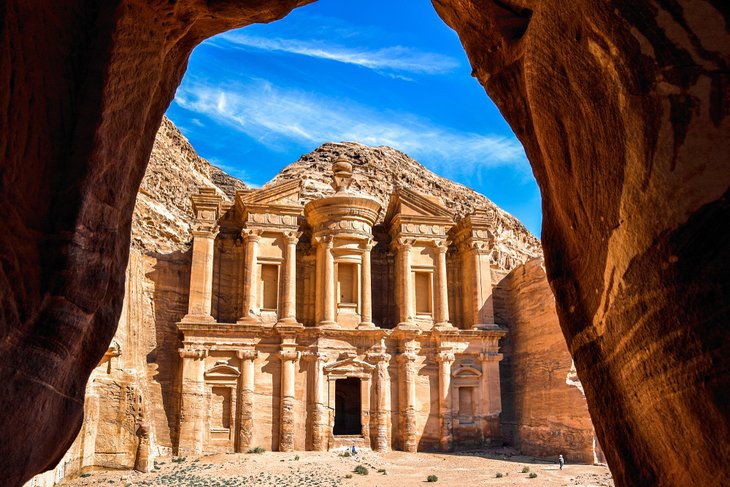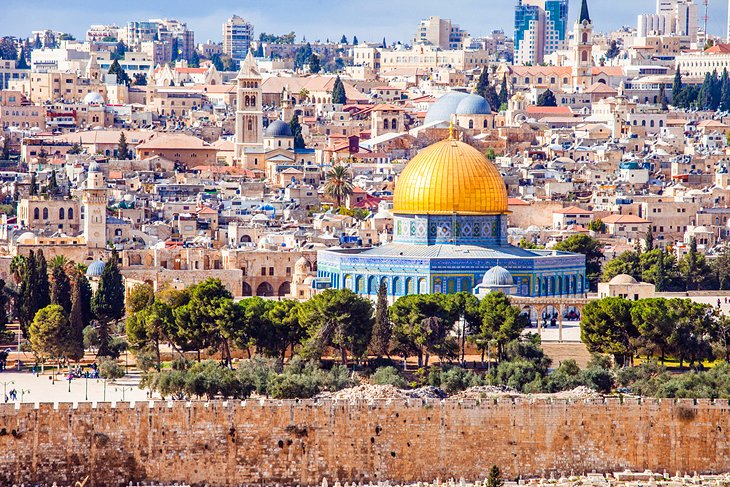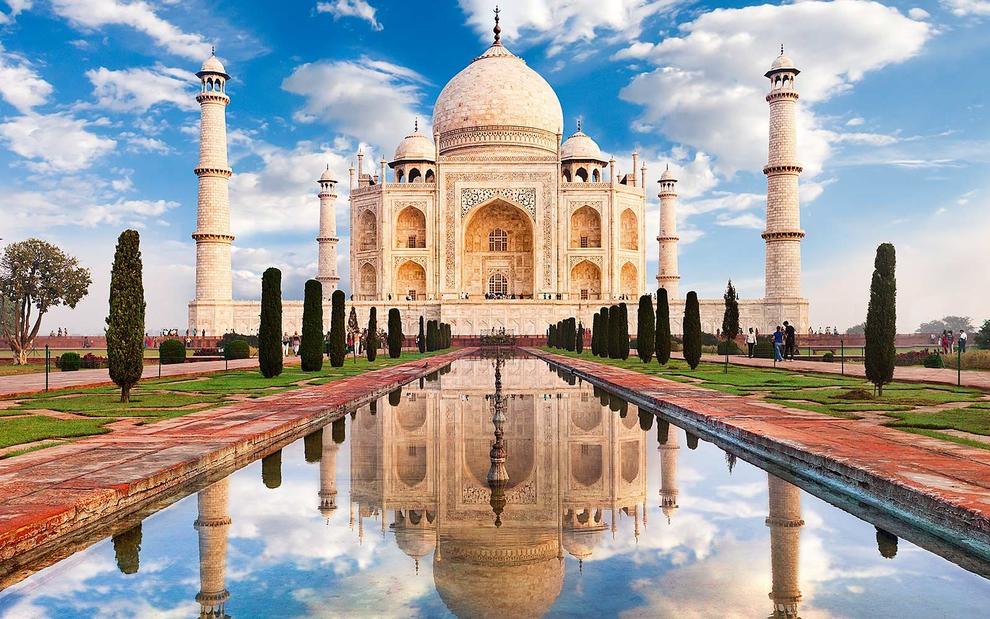Asia & Middle East
Asia Earth’s largest and most populous continent located primarily in the Eastern and Northern Hemispheres.
ASIA
ASIA & MIDDLE EAST
India alternated in being the largest economies in the world from 1 to 1800 CE. China was a major economic power and attracted many to the east, and for many the legendary wealth and prosperity of the ancient culture of India personified Asia, attracting European commerce, exploration, and colonialism. The accidental discovery of a trans-Atlantic route from Europe to America by Columbus while in search for a route to India demonstrates this deep fascination. The Silk Road became the main east–west trading route in the Asian hinterlands while the Straits of Malacca stood as a major sea route. Asia has exhibited economic dynamism (particularly East Asia) as well as robust population growth during the 20th century, but overall population growth has since fallen. Asia was the birthplace of most of the world's mainstream religions including Hinduism, Zoroastrianism, Judaism, Jainism, Buddhism, Confucianism, Taoism, Christianity, Islam, Sikhism, as well as many other religions.
Given its size and diversity, the concept of Asia—a name dating back to classical antiquity—may actually have more to do with human geography than physical geography.] Asia varies greatly across and within its regions with regard to ethnic groups, cultures, environments, economics, historical ties and government systems. It also has a mix of many different climates ranging from the equatorial south via the hot desert in the Middle East, temperate areas in the east and the continental Centre to vast subarctic and polar areas in Siberia.
Countries suggested to visit or work:
East Asia
China, Hong Kong, Macau, Taiwan, Japan, and South Korea.
South Asia
India
Southeast Asia
Cambodia, Indonesia, Laos, Malaysia, Philippines, Singapore, Thailand, and Vietnam.
West Asia (or Southwest Asia, or Middle East)
Bahrain, Israel, Jordan, Qatar, Saudi Arabia, and United Arab Emirates
Contact our destination specialists for more exciting and fascinating cities to visit.
